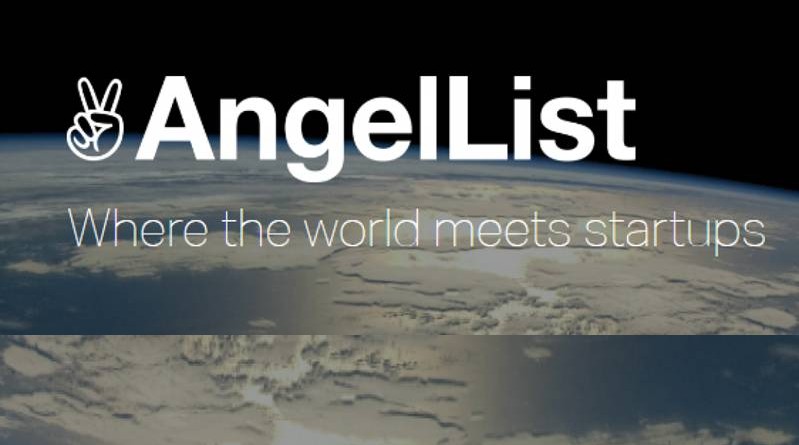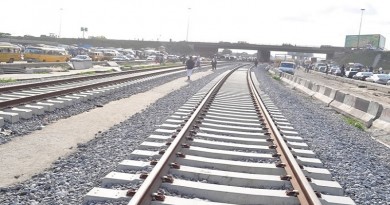Angellist weekly – $335M for Lime scooters, and Uber’s secret plan
Uber is riding the scooter bandwagon.
The ride-hailing giant just announced its investment in Lime, one of the two leading dockless scooter and bike rental companies, as part of a $335M round led by Google’s venture-capital arm. Lime is the largest domestic startup in this space, with vehicles in 70+ markets and over 35,000 scooters, bicycles, and e-bikes deployed nationally.
As part of the deal, Uber will let users rent Lime scooters directly in the Uber app and co-brand all of Lime’s vehicles with the Uber logo. Details are scarce on how the Lime branding will change, but we’re guessing Lime scooters will each get Uber stickers.
Uber’s investment into Lime could be a precursor to an acquisition: last year, Uber announced a partnership with SF-based bike-sharing startup JUMP before acquiring them for $200M.
Lime wouldn’t be as cheap. Lime and Bird (their largest competitor in the space) have collectively raised $700M in capital from Sequoia Capital, a16z, Upfront Ventures, and others. Bird is now valued at $2B; Lime’s valuation of $1.1B pushes it into unicorn territory.
Uber’s plan to become the Amazon of transportation
Uber is lining up to take on the entire transportation industry, with options for every type of trip available in app:
- Very long trips: Uber partnered with Getaround this April to offer peer-to-peer car rentals in SF. Instead of heading to Hertz, you’ll be able to rent your neighbor’s car inside the Uber app.
- Traditional trips: Uber continues to invest in self-driving technologies. They’ve already put autonomous cars on the ground in Pennsylvania and Arizona. Uber also acquired self-driving truck startup Otto, leading to their infamous public legal battle with Google over stolen trade LIDAR technology.
- Mixed use trips: Bikes, scooters, and Uber Pools all serve the “last-mile” of transit: quick trips between hubs like bus stops and subway stations. Uber has even partnered with public transit ticketing startup Masabi to sell tickets directly in the app.

Lyft is gearing up to compete. They recently acquired bike-sharing startup Motivate, which operates fleets of docked co-branded bicycles across the US. NYC’s Citi Bikes, SF’s Ford GoBikes, and DC’s Capital Bikeshare are all operated by Motivate. They’re also competing with Uber and Lime for dockless scooter permits in San Francisco.
Eventually, you’ll be able to plug in an address… and Uber will find the most efficient way to get there, combining decentralized scooters and bikes, public transit, shared carpools, car rentals – everything.
Psst! Lime, Getaround, JUMP, Masabi, and Motivate are all hiring. ️
The “while I’m here” effect and why it matters
The most powerful apps are the ones you check every day. If Uber can successfully capture your daily transportation needs, they’ll have a powerful platform to sell additional products like UberEats deliveries.
This isn’t a new business strategy: companies have always fought for control of your food purchases because of something we’ll call the “while I’m here” effect. When consumers visit a store to purchase something they need (like food), they’re far more likely to purchase ancillary products.
Retailers like Walmart have leveraged this effect for years. When Walmart’s growth stalled in 1988, founder Sam Walton started selling groceries. By cutting prices on everyday food items, Walmart was able to decimate grocery chains and drive sales of high-margin, everyday items like socks, toothpaste, and laundry detergent.
This theory works for online businesses as well. The success of Amazon’s recommendation engine has alone been the subject of numerous articles, and Jet.com’s success relies on your inability to say “no” to one-time discounts on thousands of items based on what you’ve already added to your cart. Surprise, surprise: Walmart purchased Jet.com for $3 billion in 2016.
The scooters are coming, and we can’t wait
Only time will tell who will win: Uber or Lyft. In the meantime, we can only hope that cities are open to including scooters, bikes, and new forms of transportation. Otherwise, we’ll never get unstuck out of traffic.





